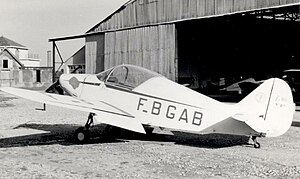
The RA-14 Loisirs was a French two-seat high-wing light touring aircraft designed by Roger Adam shortly after World War II.

The Jodel D.11 is a French two-seat monoplane designed and developed by Société Avions Jodel in response to a French government request for a low-wing aircraft for use by the nation's many emerging flying clubs.

Between 1920 and 1951 the Société des Moteurs Salmson in France developed and built a series of widely used air-cooled aircraft engines.

The Brochet MB.70 was a two-seat light aircraft developed in France in the early 1950s for recreational flying and amateur construction.

The Brochet MB.80 was a two-seat light aircraft developed in France in the early 1950s.

The Mauboussin M.120 was a trainer and touring aircraft built in France in the 1930s and again in the years following World War II.
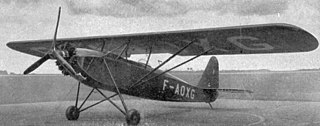
The Salmson Cricri ("Cricket") was a French light aircraft of the 1930s. It was a conventional, parasol-wing monoplane with fixed tailskid undercarriage and seating in tandem open cockpits for the pilot and passenger.

The Funk Model B was a 1930s American two-seat cabin monoplane designed by Howard and Joe Funk. Originally built by the Akron Aircraft Company later renamed Funk Aircraft Company.

The Macchi MB.308, later Aermacchi MB-308, was a light aircraft produced in Italy in the late 1940s, one of the most prolific Italian-built types of the following decade.

The Indraéro Aéro 101 was a light training biplane developed in France in the 1950s.
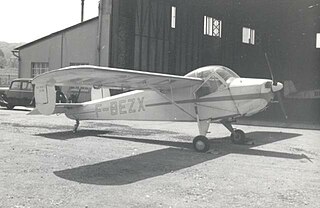
The Nord NC.850 was a light aircraft developed in France in the late 1940s for use by French aeroclubs, but which also saw military use as an airborne observation post.

The Leopoldoff Colibri is a French-built light sporting and trainer biplane of the 1930s.
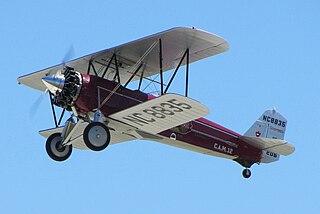
The Stearman C3 was an American-built civil biplane aircraft of the 1920s, designed by Stearman Aircraft of Wichita, Kansas. It was also the first Stearman aircraft to receive a type certificate.

The Eaglet 31 was a United States two-seat tandem ultra-light high-winged monoplane of the early 1930s. Intended as a low-cost aircraft, its limited production run relegated it to a footnote in aviation history.

The Waco A series is a range of light American-built twin side-by-side seater sporting biplanes of the early 1930s.

The Ambrosini Rondone is an Italian-designed two/three-seat light touring monoplane of the early 1950s.

The Scheibe SF-23 Sperling (en:Sparrow) is a 1950s German two-seat cabin monoplane.
The Morane-Saulnier MS.560 was a French civil aerobatic monoplane designed and built by Morane-Saulnier.
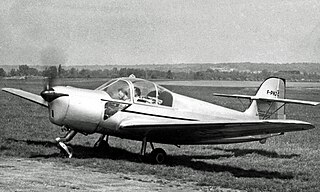
The Morane-Saulnier MS.603 was a French-built two-seat light aircraft of the late 1940s.
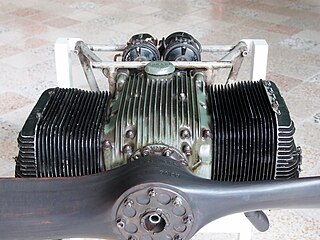
Production of the Minié 4.D series of air-cooled, flat four engines began before World War II and resumed afterwards into the 1950s.
